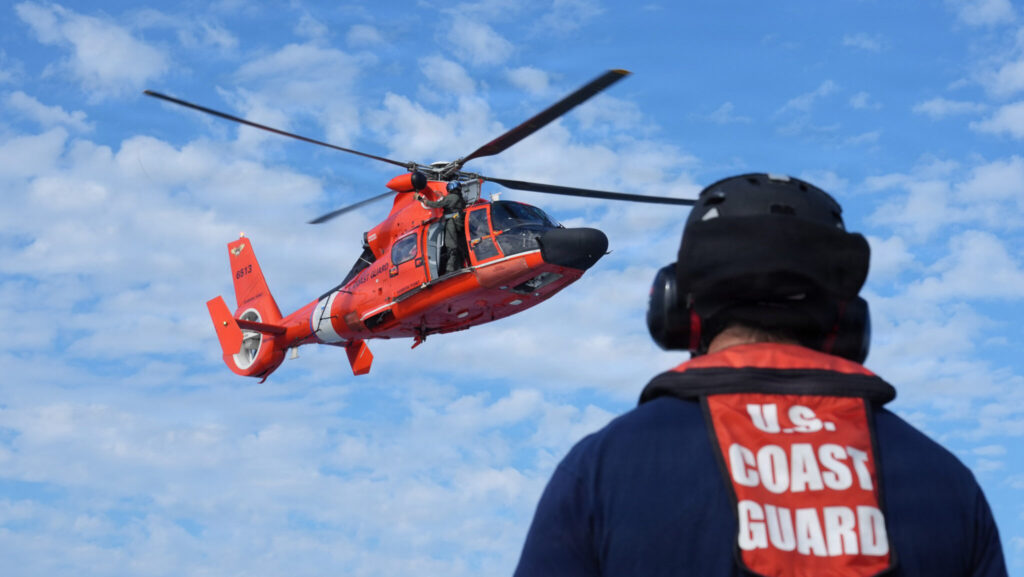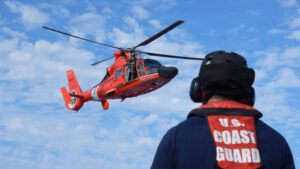
Independent government auditors have reported a decline in the availability and inventory of aircraft within the United States Coast Guard. According to the Congressional Budget Office (CBO), these trends have developed over the past two decades, although the Coast Guard’s aircraft availability rates remain comparable to those of the Pentagon’s fleets.
The Coast Guard currently operates approximately 100 H-65 helicopters, 50 H-60 helicopters, and 50 fixed-wing aircraft, which serve various roles from medium-range surveillance to heavy transport. The CBO’s findings indicate a slight overall decrease in both availability rates and inventory. Notably, the availability of fixed-wing aircraft improved from 41.8 percent in 2006 to 50.5 percent in 2024. Conversely, helicopter availability has fallen from 60.7 percent to 47.8 percent within the same timeframe.
Insights from the Congressional Budget Office
The CBO’s report, published on October 19, 2023, highlights that Coast Guard helicopters show availability rates lower than those of Army helicopters, yet higher than Navy helicopters, aligning closely with Air Force helicopter rates. In terms of inventory, the number of aircraft has generally decreased, with fixed-wing aircraft numbers declining while helicopter counts have increased. The Coast Guard’s inventory in 2006 included 68 fixed-wing aircraft and 134 helicopters, compared to 53 fixed-wing aircraft and 146 helicopters in 2024. Overall, this results in a net inventory decrease of just three aircraft.
The recent reconciliation legislation has allocated $3.7 billion to the Coast Guard for aircraft procurement, along with $2.2 billion designated for depot-level maintenance facilities. This funding is expected to support the Coast Guard’s efforts to enhance its aviation capabilities.
Future Procurement Plans and Legislative Scrutiny
During a Senate hearing on October 18, 2023, Adm. Kevin Lunday, nominated to become the commandant of the Coast Guard, expressed intentions to procure up to 40 MH-60 helicopters and six C-130Js with the allocated funds. While Lunday’s nomination was publicly announced earlier this year, the White House formally submitted his name to the Senate only this fall.
Some Democratic senators raised concerns during the hearing regarding the Coast Guard’s expenditure on “two luxury executive jets for more than $172 million.” They questioned whether these funds could have been utilized to maintain search and rescue stations that the Coast Guard is contemplating shutting down as part of ongoing force restructuring efforts. In response, Lunday defended the purchase, stating that the jets are essential for providing senior Department of Homeland Security (DHS) and service leadership with secure command and control capabilities in emergencies.
Regarding the potential closures of Coast Guard facilities, Lunday noted that the analysis is still in its early stages. He emphasized that any decision to close stations would follow a statutory process allowing for public comment. “We know that the members of the public are very interested in the Coast Guard facilities and stations in their communities,” he remarked.
The evolving situation regarding the Coast Guard’s aircraft inventory and procurement plans illustrates the challenges and strategic decisions facing this critical service. As the Coast Guard seeks to modernize its fleet, the balance between operational needs and budgetary constraints will remain a focal point for lawmakers and the public alike.







